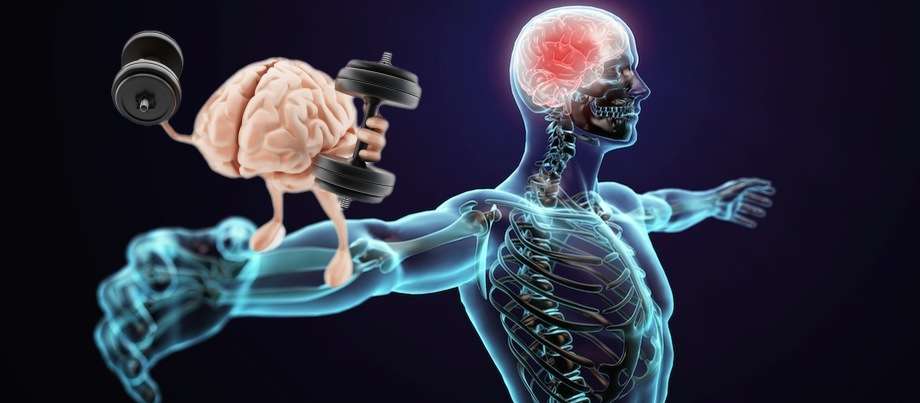
Physical abilities are necessary for human survival. For an athlete, it is even more important because an athlete’s life is bound by his/her capabilities to walk, run, jump and perform other complicated actions that require a great amount of energy. These actions are skills that are learnt, and at times, skills, once mastered, are practiced without putting sincere efforts. This is where muscle memory comes into play.
The ability to automatically imitate a physical sport skill is referred to having “muscle memory”. It means that the memory of developing the skill is stored within the muscles itself. This allows athletes to complete a task with proficiency and ease, despite being inactive or out of practice for a good amount of time. Muscle memory is an intricate synergy between neurons, muscles and practice. The brain is responsible for creating a neural connection and pathway that would control the muscle groups, enhanced by repetitive performance of the skills with accuracy.
The idea of muscle memory of is not new, as it has been used frequently in sports training and rehabilitation, but the mechanisms of muscle memory has been under investigation for quite some time in the domain of sports science. Here, the brain plays a very significant role in encoding and scoring adapted physical skills with the corollaries of retrieving and storing them. The stages that occur inside the brain during the enhancement and execution of the muscle memory are as follows:
However, muscle memory does not have a fixed duration. It depends on the memory power of an athlete, and most importantly, on the complexity of the skill, the duration and intensity during the period of training, and the fitness level of body and mind of the athlete.
The key to make the muscle memory function properly is to keep practicing putting as much effort as possible so that the muscle memory is retained and reinforced. Consistency in practice is very important because the mental rehearsal and visualization of the rigorous practice sessions come to help when an athlete is out of practice and assists in building and enhancing his/her memory muscle.